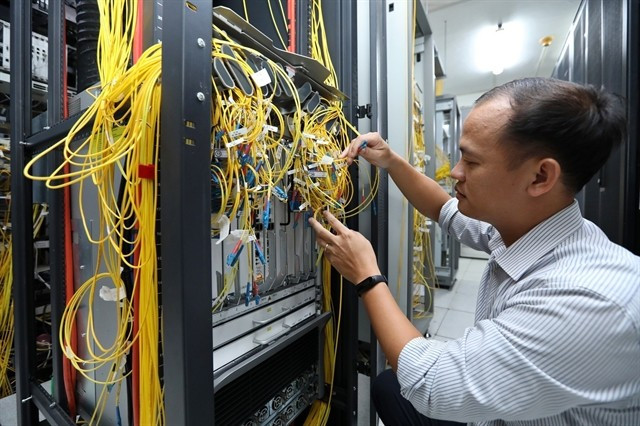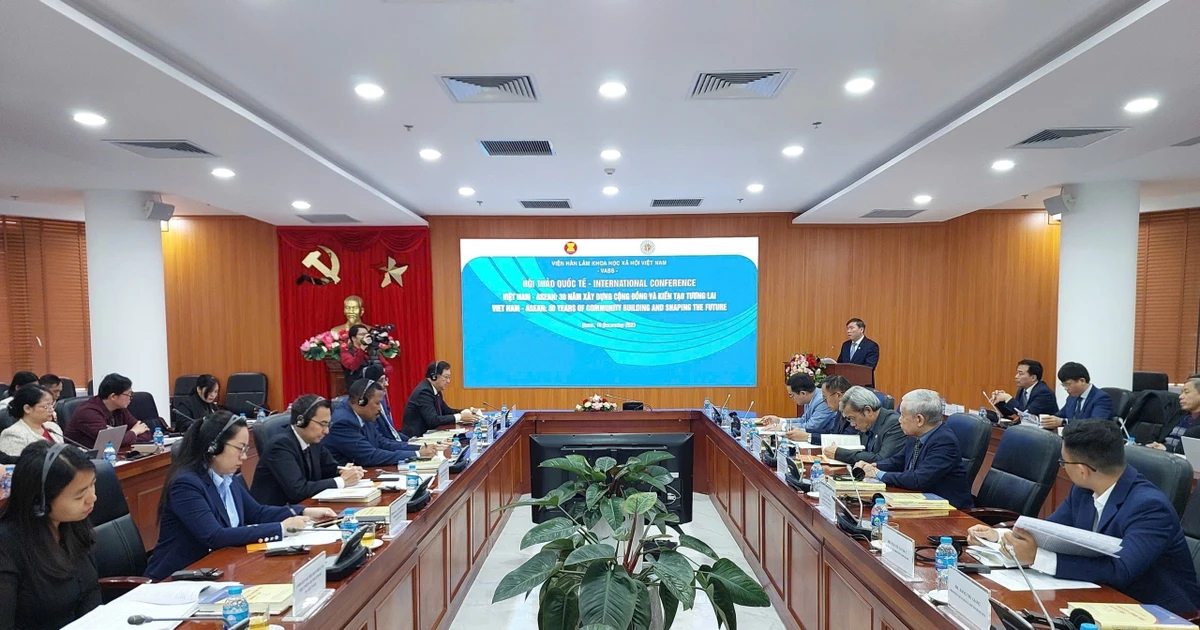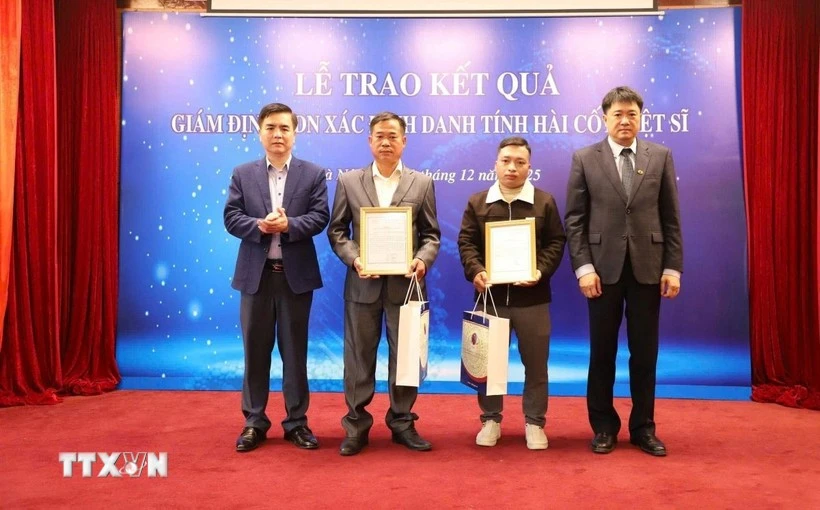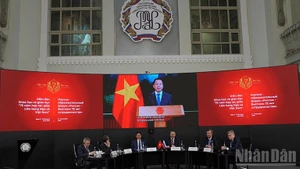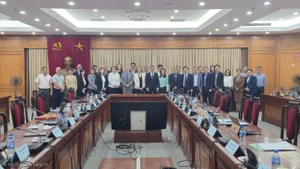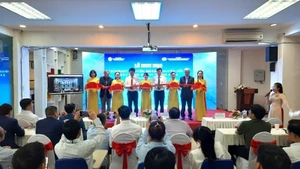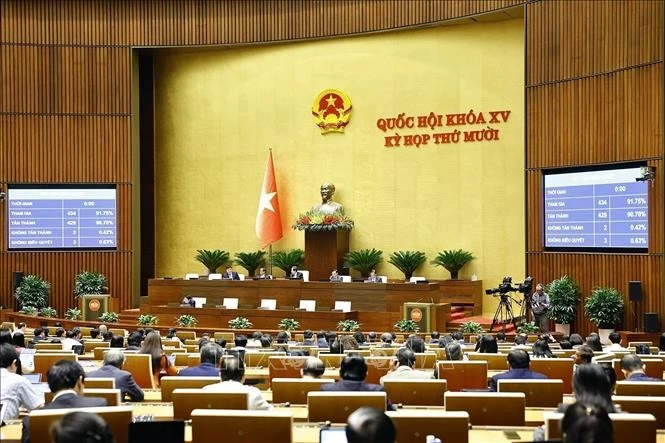The strategy has been approved by the Ministry of Information and Communications (MIC).
The projected number of cables clearly defines the importance of Vietnam's international fibre optic cable system as part of the digital infrastructure and something which must be prioritised in terms of investment, ensuring the country's connection internationally.
It must also have enough capacity so that some Vietnamese cities can become regional data centres.
Developing the international fibre optic cable system aims to build international connectivity bridge for digital economic promotion, digital society, defence and security.
State-owned enterprises pioneered the international foundation of the cable system, helping domestic and foreign businesses in order for them to quickly make breakthroughs in Vietnam's international fibre optic cable system.
The strategy also defines a vision that, by 2035, the system will be among the leading groups in the region in terms of quantity, capacity and quality, becoming a super large cloud computing service provider.
It aims to make Vietnam an important link in regional and international digital infrastructure and data transmission.
Also by 2030, under the strategy Vietnam will put into use at least two more international land fibre optic cable lines, ensuring that the total capacity on land is at least 15 per cent of the actual used capacity of the marine system.
To realise the set goals, the MIC clearly outlines four groups of solutions including apparatus organisation, domestic cooperation, international cooperation, research and development.
By 2027, Vietnam will open four new undersea fibre optic cable lines for public use, bringing the total capacity to at least 134 TeraBytes Per Second (Tbps),
The country will maintain at least Singapore, Hong Kong (China) and Japan as the main digital hub connections, while periodically reviewing and evaluating digital hubs to add appropriate connection points.
Of the four new undersea cable routes that will be deployed by 2027, at least one route will be owned by Vietnam.
For the period 2028-30, at least six new undersea fibre optic cable routes, including one route owned by Vietnam, will be put into use, increasing the total design capacity of marine fiber optic cables in Vietnam to a minimum of 350 Tbps.
The MIC assigned the Department of Telecommunications (DoT) to be the coordinator for implementing the strategy, annually reporting to the MoIC’s leaders, organising a preliminary review on the strategy conduction by 2027 and proposing amendments and supplements to key tasks for the next stage.
Telecommunications businesses will issue detailed plans for their work based on the strategy content.
According to the DoT, in addition to two land cable lines connecting to Hong Kong (China) and Singapore with a total capacity of 5 Tbps, Vietnam currently has five international undersea fibre optic cable lines with total available capacity of 34 Tbps.
